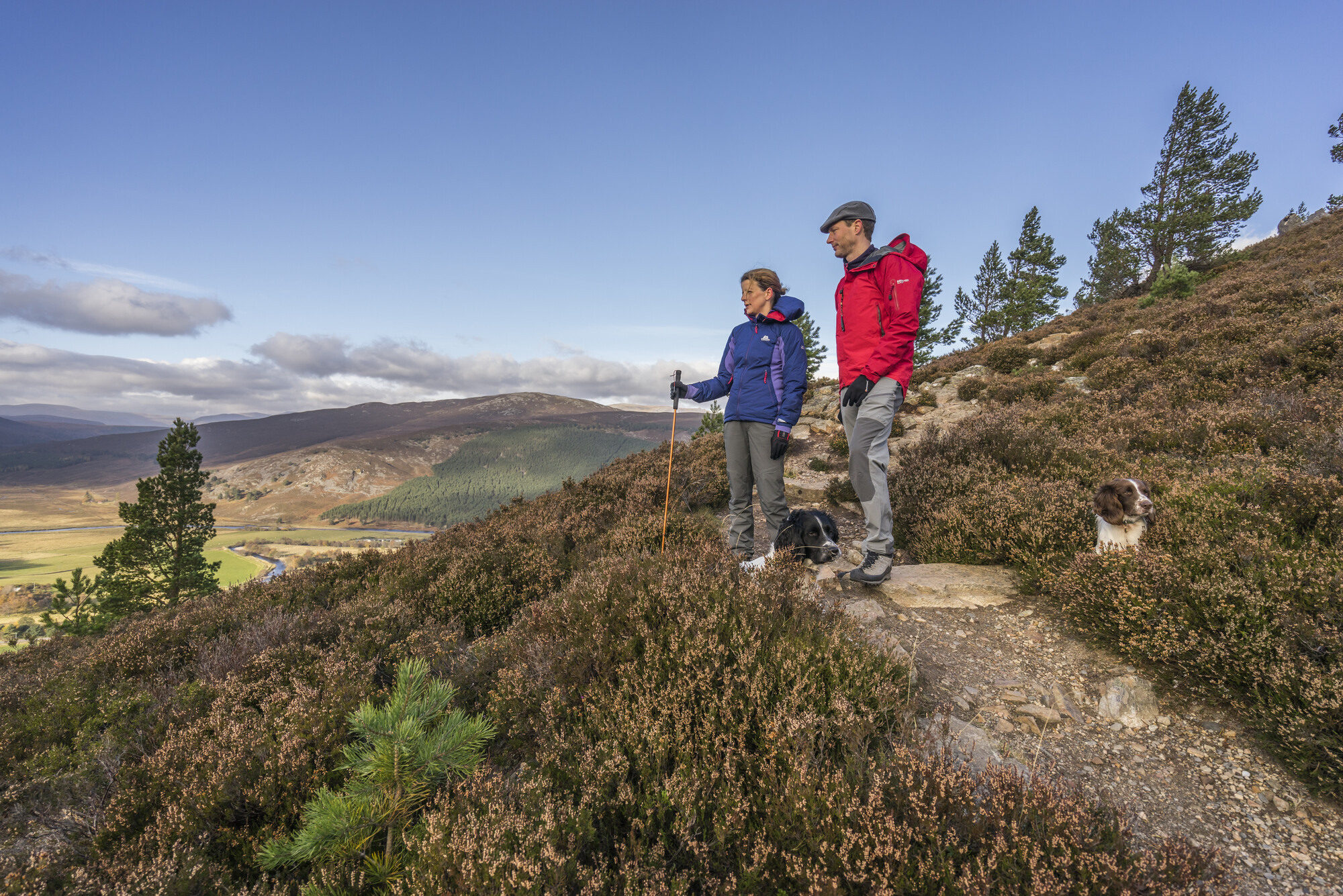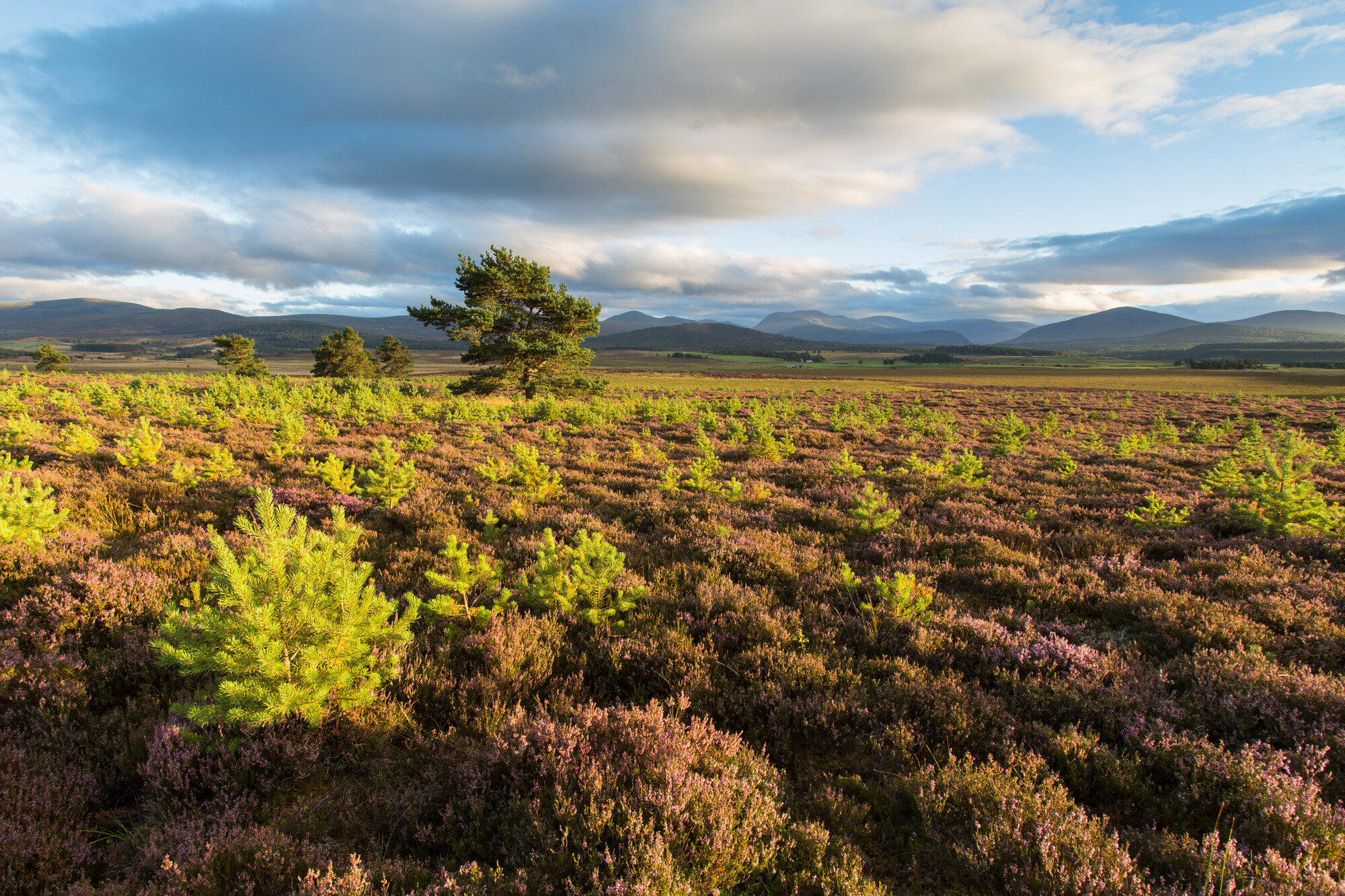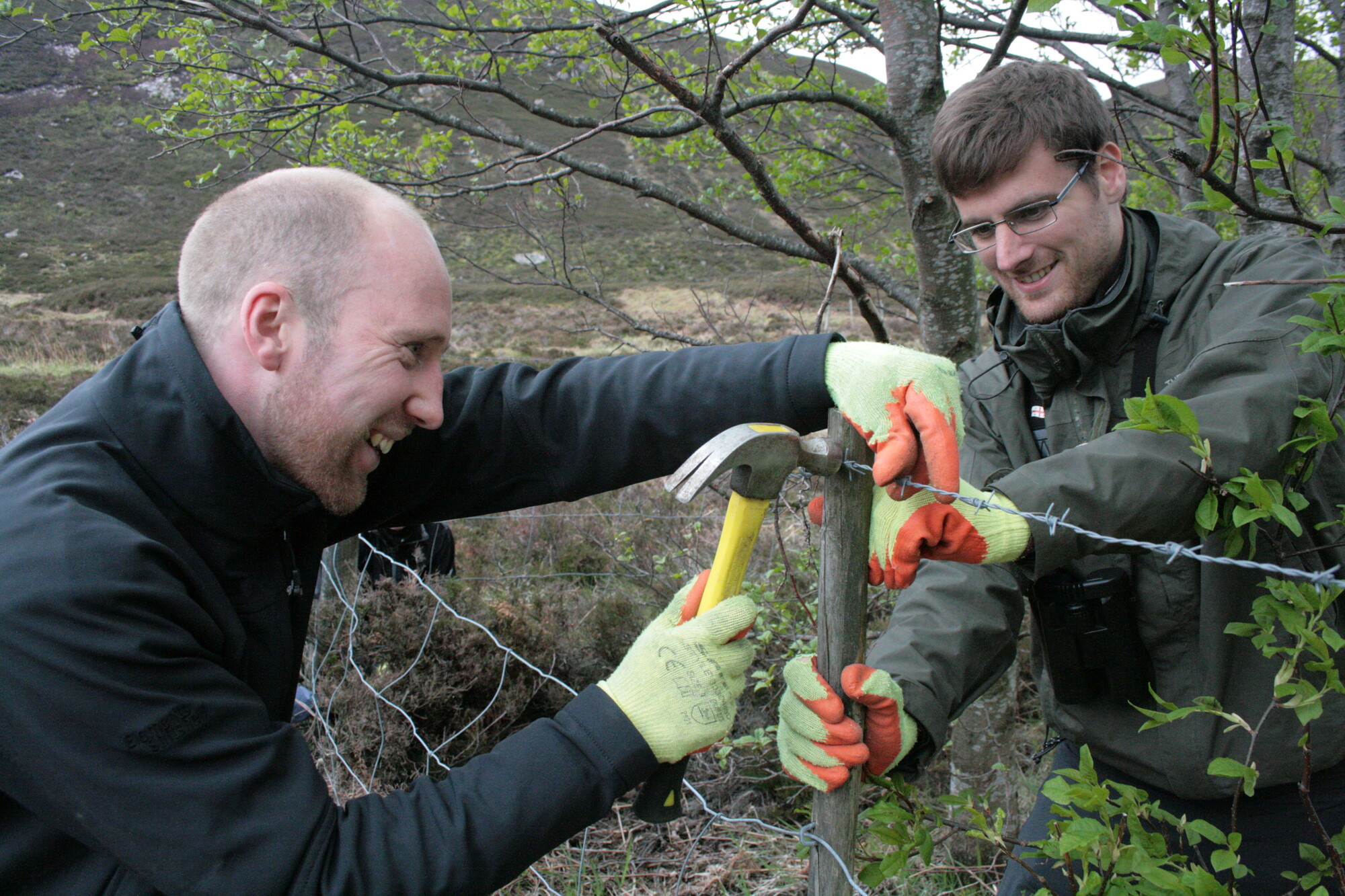Supporting Scotland's transition - land use and agriculture
Rural Skills, Land Use Policy and Partnerships Scottish Government D Spur Saughton House Edinburgh EH11 3SP
Cairngorms National Park Authority 14 The Square Grantown on Spey PH26 3HG
T: 01479 873 535
07 October 2025
Dear Land Use Strategy Team,
The Park Authority welcomes the direction of travel in the Fourth Land Use Strategy, from previous iterations describing the different land use sectors, towards an integrated land use model that recognises the different demands on the same area of land and the need for discussion around prioritisation and trade-offs. However, we feel the strategy could, and should, go further in supporting land use decision making with clearer evidence, guidance and an underpinning alignment of policy, incentive and regulation frameworks to support implementation on the ground.
Further data and mapping will be crucial as an evidence base for future discussions around targets and ambitions and how they interact. Mitigation, adaptation and resilience to the impacts of climate change are a fundamentally important objective for Scotland’s land use. Future data and data mapping would benefit from being seen in the context of climate predictions.
Baselines for current land cover are helpful and must be considered alongside land use in order to be meaningful. Sporting, a significant land use in the Cairngorms National Park, important to the economy and the cultural identity, is not recognised. Equally, nature designations, reserves and land managed principally for ecosystem restoration are not currently considered. We would like to see information on ecosystem services and nature-based solutions included.
The Park Authority would like to see the Land Use Strategy used to support decision making in a way that enabled regional, catchment and sub-catchment assessment of the impact, effectiveness and value for money of prioritising different land use scenarios against the delivery of different public policy areas (eg flood resilience, forestry, food production, nature restoration, net zero); in the delivery of multiple benefits; and the capacity for contributing to national land use outcomes and priorities. Land cover, land use and socio-economic factors used collectively could inform where maximum, multiple public benefits can be achieved and help guide public payments and policy to support preferred national and regional outcomes.
Acknowledging the competing demands on land from a public policy perspective highlights the need for a more coordinated approach, and that not all outcomes are compatible eg herbivore impacts cannot be maintained, or increased, where woodland expansion and peatland restoration are considered to be priorities. There needs to be a stronger link to how land use policy, incentives and other levers can be applied to realise the principles on the ground.
There is a risk that using specific indicators and not an ecosystem functionality approach perpetuates or reenforces a one-for-one trade off rather than consider the multiple benefits approach. Any system of monitoring should be able to consider delivery against a suite of indicators collectively. Further work on how benefits can be ‘stacked’ and any potential multiplier effects would be helpful.
National Parks are not currently recognised in the description of integrated land use in action. National Parks have a key role to play in demonstrate collective and collaborate decision making in delivery across wide range of public policy outcomes, with significant potential to be recognised and valued as exemplars and pioneers in integrated land-use decision making. we would strongly like to see this role represented in, and overtly supported by, the strategy.
Policy and incentive schemes alignment, mapping and data are crucial tools to aid land use decision making and integrated land use, and subsequently to the delivery of the National Park Partnership Plan. It is good to see this point reflected in the Fourth Land Use Strategy and the Park Authority looks forward to the next stage of the Strategy development where it goes on to more directly provide these functions.
Yours sincerely
afl
ANDY FORD Director of Nature and Climate Change




